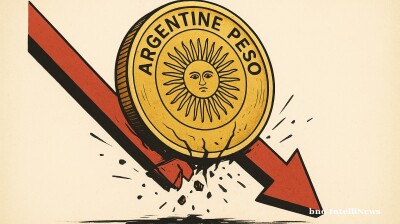Nepal’s Ministry of Home Affairs in a press release confirmed that the death toll from severe flooding has reached 209, with 29 people still missing and 142 others injured. The Nepali military and Nepal Police have rescued over 4,500 individuals from the disaster-affected areas. Military helicopters were used to conduct search, rescue, and relief operations in several districts, including Kavrepalanchok, Sindhupalchok, Sindhuli, and Lalitpur, where 425 people were airlifted to safety, Indian state owned DD News reported.
The floods have caused significant damage to infrastructure, with roads either blocked or destroyed, and 16 bridges rendered unusable. Many residents face severe personal property losses, and businesses have been disrupted, leaving communities across the region struggling to recover. Efforts to clear debris from blocked roads are ongoing.
Nepal’s Department of Roads is prioritising the restoration of vital links to Kathmandu. Landslides have obstructed several key routes, including the Bhainse-Bhimphedi road in Makwanpur district, while partial access has been restored to roads connecting Hetauda to Kathmandu and Dharan-Chatara. However, the Kulekhani-Fakhel-Farping road in Indrasarovar remains fully blocked by landslides.
Meanwhile, two-way traffic on the Prithvi Highway resumed after crews cleared landslide debris, allowing more than 1,700 vehicles to enter the capital. Rescue efforts continue in Dahding district, where additional road blockages persist.
In Kavrepalanchowk district, flooding caused by the Roshi River has stranded many passengers along the BP Highway. The Nepali Army is conducting rescue operations using ropes and aerial support to bring the stranded individuals to safety.
These widespread impacts underscore the scale of the natural disaster, which has overwhelmed infrastructure and resources across the country, leaving Nepal struggling to manage the aftermath.
News

Putin's meeting with Trump in Budapest is a slap in the face for the EU
As preparations get underway for a highly anticipated summit between Russian President Vladimir Putin and former US President Donald Trump in Budapest, attention is turning to an unusual but politically sensitive detail: how will Putin get there?

Zelenskiy leaves Washington empty handed, Trump and Putin head to Budapest to talk business
Ukrainian President Volodymyr Zelenskiy went into a White House meeting with US President Donald Trump on October 17 hoping for a big arms deal. He came out of the meeting empty handed.

Taiwan’s KMT elects new leader
Cheng Li-wun, the only female contender among six candidates, defeated former Taipei mayor Hau Lung‑bin by a wide margin, winning over 50% of the ballot in the leadership race for Taiwan’s opposition Kuomintang on October 18.

Gold price in Sri Lanka plunges
The sudden drop of around LKR20,000 in both 22- and 24-carat sovereigns adds to a volatile recent run for precious-metals pricing in the island nation: only days earlier, gold prices were noted to be climbing.




